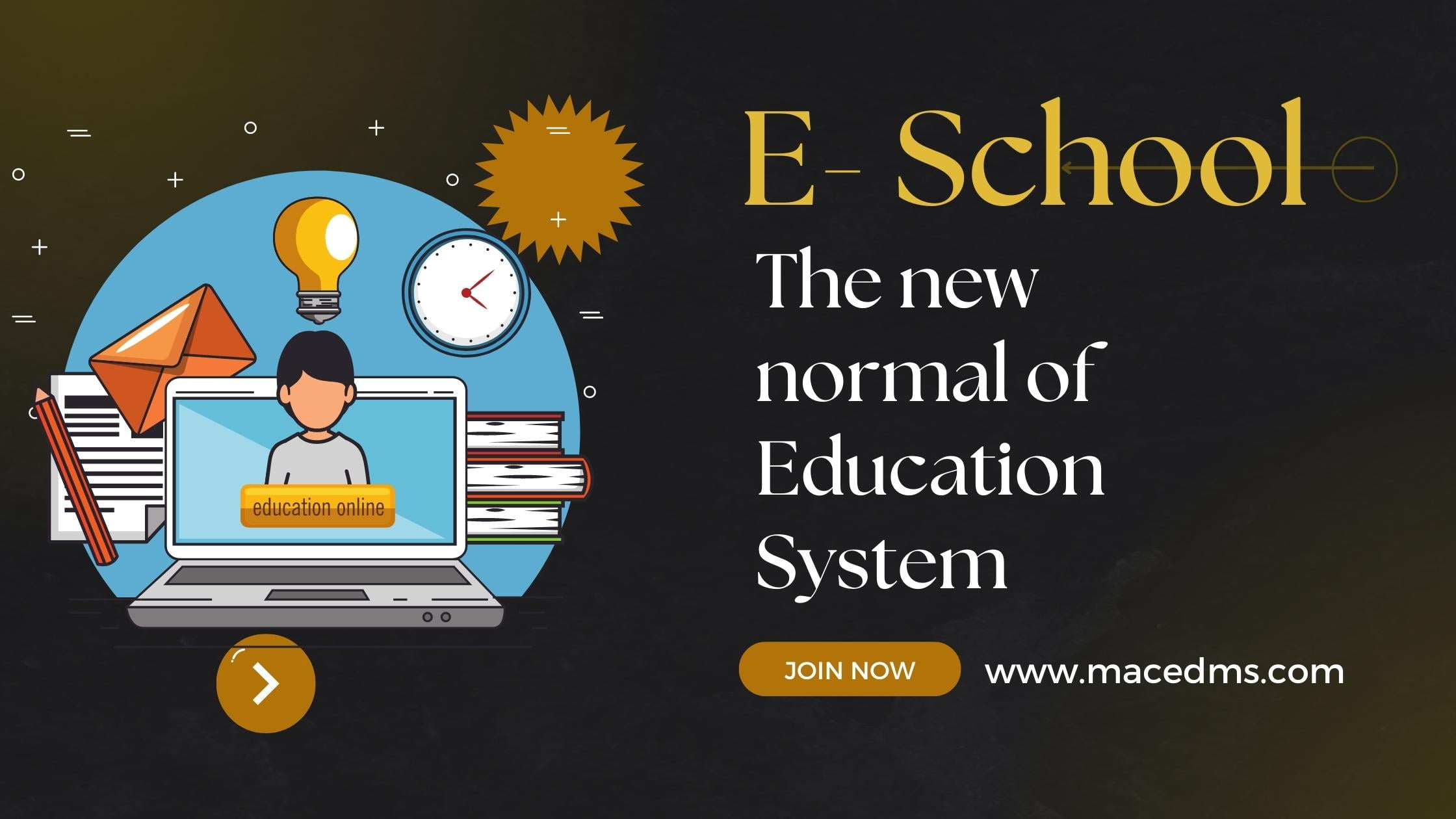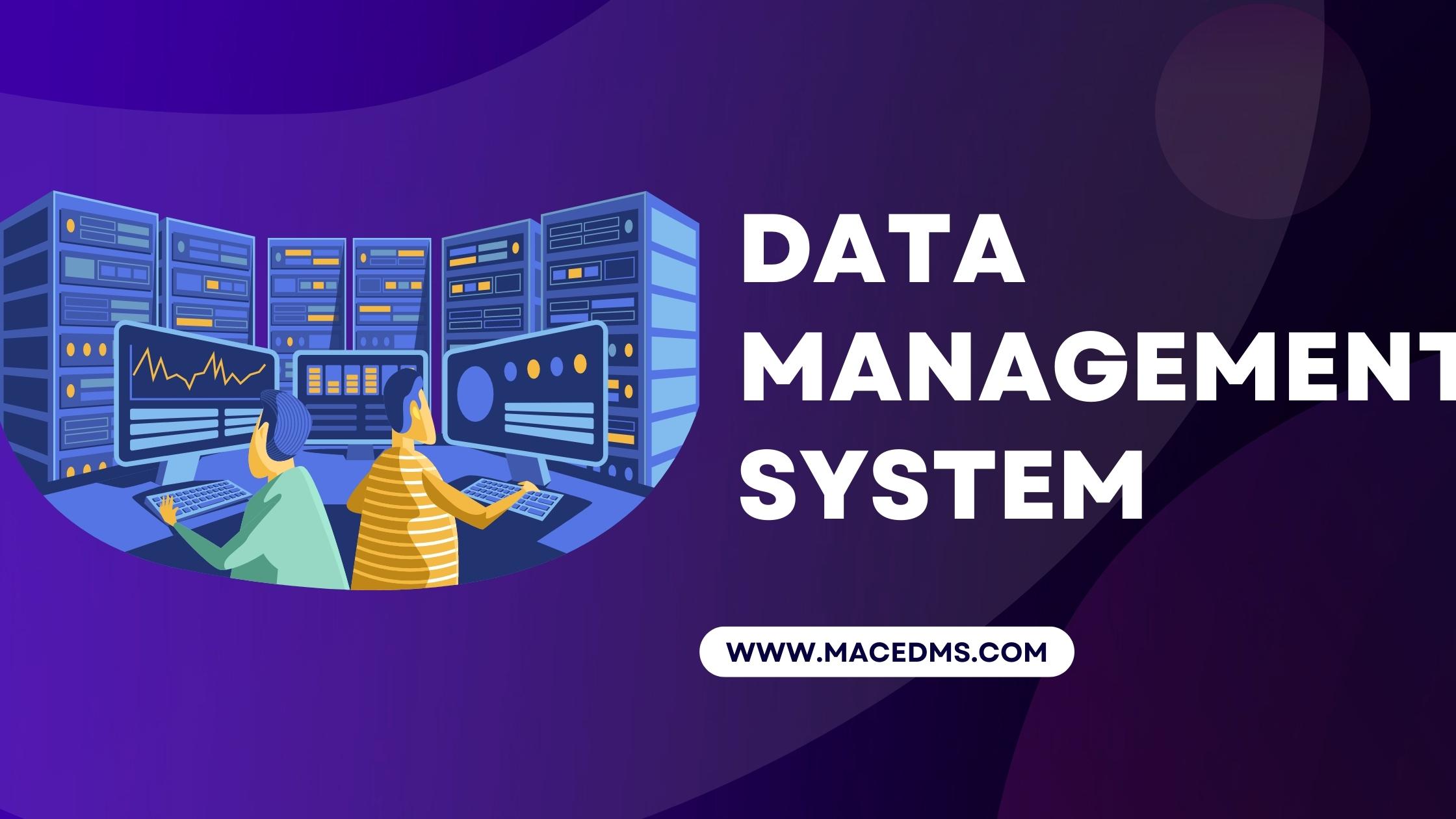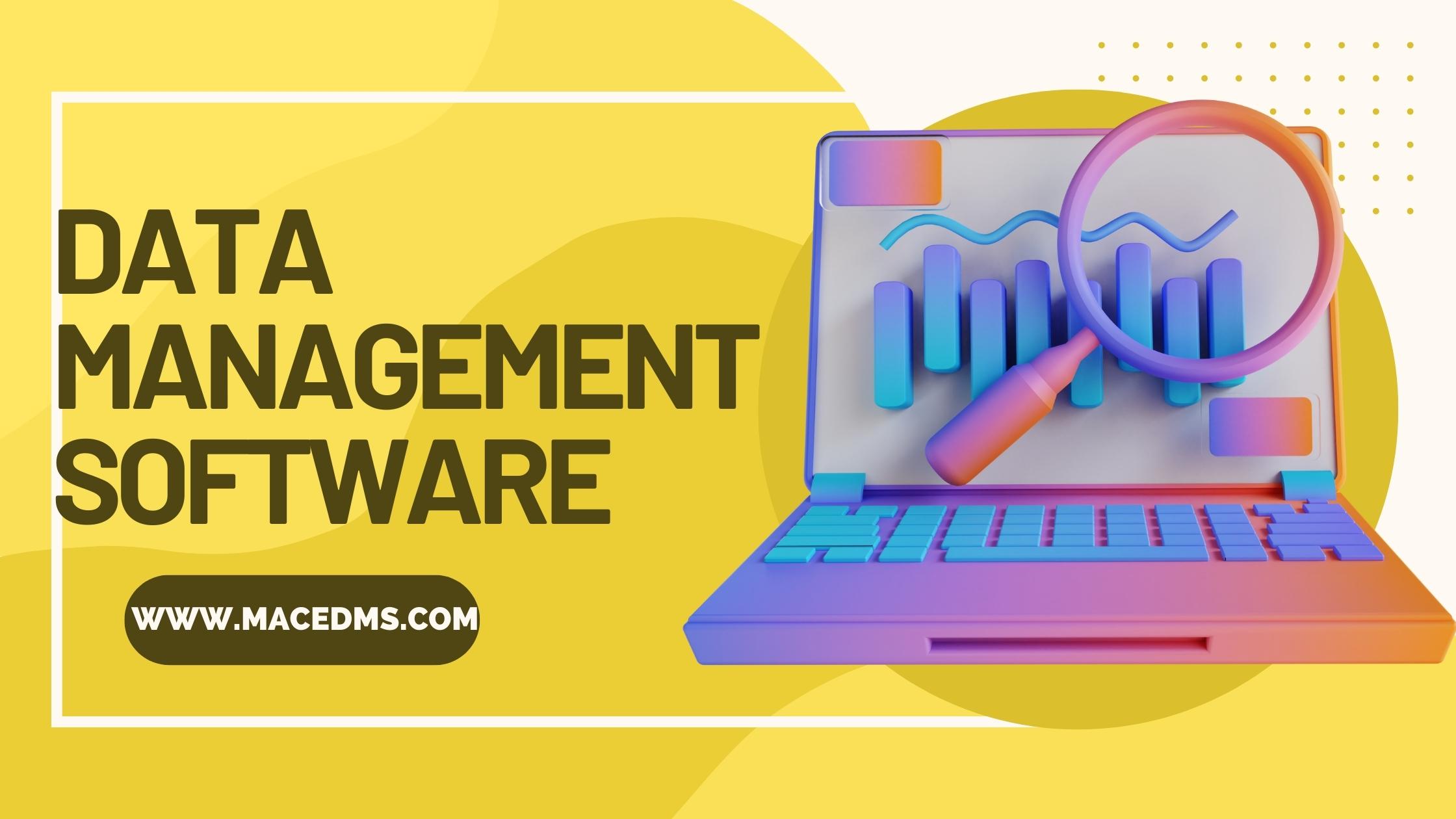Data driven policy making in Educational System
Today’s technology has greatly influenced an educator’s opportunities to use data and analytics to improve their source of teaching. With many reforms being introduced the Education system has grown unremarkably in terms of proficiency and excellence. Nowadays Data plays an important role in activating a federal policy programme in the educational world.
What is Decision making in Education?
The fundamental field within the education system that is based on the idea of active participation of teachers, parents and community members. It focuses on teachings and operational practices that an organisation involves while important education. Self discipline and goal setting had two sides of the coin which are inseparable. Decision making helps in moulding the careers of students and taking care of both sides of the coin. Based upon the values, beliefs and past experiences decisions are planned which guide the course of action. The process of decision making in the educational administration helps in promptly solving problems and subside any shortcomings.
Why Data-driven Decision Making is Important in the Educational World.
Data driven Policy making refers to a system of teaching and administration that focuses on student’s day to day learning and enhancement of overall achievement. The system provides accountability to the Educational Institutions. Mainly it addresses the gap between goals for student learning and performance. Capable data-based decision makers understand the importance of arrays of data that is needed for improvement. It enables a multitude of strategies to analyse data to proper teaching and reach accountability expectations.
Key reasons for Data driven policy making are: –
- Ability to work and strive toward continuous improvement.
- Course of action to meet the accountability requirements of an association.
- Ability to focus on strengthening the efforts and monitoring progress.
- Reform and develop recognition of community through organisation framework-based learning.
- Curriculum alignment of standards and methodology that entails focus on teaching and instructions.
Organisational learning is the process that occurs socially and is dynamic in nature. It is successful only when it is correctly distributed and embedded in the culture, values, and routine schedule of the organisation. This predetermined examined learning process can take place at any point of time. The data scored with Organisation can serve as a catalyst to propel the learning experience to heights. The data not only beholds students’ records but also the observations about equality of teaching, content of the curriculum taught in the classroom and mode of impartation.
Key benefits of Data driven Policy Making are:
- Quick and efficient to adapt: When data is easily analysed and interpreted it gets less cumbersome to understand where the content is coming from and how it needs to be responded to. Thus, such policies are an easy source to quickly adapt to the changes and activities.
- Improved transparency and Awareness among the members: In such institution’s information acts as a valuable commodity of real time access. Miscommunication is likely less to occur and it suggests improvements and positive changes to achieve long term goals.
- Market Research basis tool: The educational institutes based upon data driven Policy Making have huge volumes of data collected over a period. The data is effective to discover the important insights and identify gaps. For long term improvements feedback and monitoring performance is used. The policy is formed considering the various data captured and entailed.
- Confident and determined decision making: With help of effective data to support the decisions taken by institutes. The work can be done at a much quicker pace and with great faith in the decisions being made. Before formulation of a policy or rule every aspect is considered and analysed. Thus, the barrier of loophole is removed from the viewpoint. The policies are formulated using various evidence and experiences pertained by the makers.
The Economic Policy Institute analysed data taken from the National Centre for Education statistics and focused on two kindergarten classes having a gap of ten years. The data was used to study about student’s reading and maths skills to measure them against the appropriate skill levels set for kindergarteners. The “Whole child” approach was used to look at the achievement gap between two different time groups and reduce the same. With the help of this study various decisions were being made in the Education policy to eliminate the hindrances to subjectively new levels.
Data can be used by the teaching faculty and administration in many ways. They can use it as a part of their reflective teaching practice. Adjustments are made to the regulation and policies based on the inferences recovered observations and feedback. Collaborative approaches are formed to make data work for the policy. Usage of standardised test scores, attendance records and behavioural charts makes decision making smooth. To provide an equitable education to all students one must explore the innovative approaches Teaching methodology. The sense of shared responsibility to serve students more effectively enables Teachers to take actions that promote efficiency.
Types of data in Education
To improve the learning materials and procession of data stored plays an important role in the educational world. Data is considered to have huge potential to facilitate optimal outputs and help the management to devise strategies for differential experience. Various types of data are being collected by the institute.
- Academic data: Data that pertains to evaluating the learning and ability of students can be considered as Academic data. It includes all the formal and informal assessments being done in the year. List of formative and summative assessments that helps in summarising the development and growth of students. It consists of all the graded and practice assignments assigned to the students as well as the teachers record about students observation. Similarly the administrators observe the teachers and keep a track of the same.
- Achievement data: Data that helps in creating best practices and analysing the growth of students is termed as achievement data. It includes all the set of benchmarks such as SAT and ACT scores, state high Stakes tests and national as well as district level assessments. The list of grades or progress reports that depicts the student learning score and ratio of success.
- Demographic data: The school holds data regarding students and teachers whereabouts. Data related to age, gender, religion, race, status, address, Aadhaar card, parent level of education, job profile, approximate level of income and nationality are stored by the school’s administration. Even the health reports of students are entered for future purposes and general record. Parents and paediatricians are asked to provide details regarding medical conditions and history about the students. It is quite important for the school to be aware if the student is facing some serious medical issue or has an allergy.
- Program and participation data: For a child’s personal growth it is quite essential that he or she indulges in extra curricular activities. Keeping a track of students’ level of engagement in school is important to analyse the trait of the student and social activeness. The school motivates each child to participate in school programs and activities similarly the records about the same are maintained.
- Perception data: Annotated behaviours and observations about the personality of students are recorded in such data. The perspective of association based upon the attentiveness, responsiveness and peculiarity of students and teachers are recorded.
Utilisation of the data effectively in the Education System.
To utilise the data to its optimum self, one must keep certain things in mind.
- Get the Base of Understanding: One must effectively use the data to find out what happened in the past and understand the insights. Try to build the road map using skills to access support from previous resources and accommodation.
- Try to understand what the concerned data can tell you: There is a certain type of data that can help to identify answers to one question but not another. Try to focus on the performance bar, interventions, struggle attributes and background information.
- Observing both interpersonal and social success: It is important to behold a mix array of data types to evaluate performance. Both Quantitative and qualitative data have varied importance and play an important role in moulding the success of the Education system.
- Expect the Unexpected: There is some information that provides personalised adjustments to the study patterns. With the correct data in hand teachers can find it easy to take examinations and co-ordinate with students. With the correct data, educators can identify the contributors to success and failure of students. To improve performances such plans are devised.
The National Education policy strives and aims towards modernising the Education System. With various reforms and new measures, the policy is striving toward peripheral growth. The policy is formed keeping in mind the data recovered and analysis to be formed. With technological advancement proving its significance, data driven policy making is referred to as the source key of progress and growth. The policy is formulated keeping in mind the facts, strategic ideology and metrics stored that align with the objective and initiative of the educational institute.
Few examples of data driven decisions made by renowned companies:
- Netflix: Success of providing various blockbuster hit series
To create innovative and progressive products when cannot just rely on instincts or opinions. Customer is referred to as the “king of the market” thus all the activities planned must be in accordance to please them. Netflix has been able to provide hit series because of the predictive analysis about what the customers will be receptive about. Smart utilisation of data with the help of business intelligence helps the company to get data-driven insights. Such insights help companies make logical decisions which have a high probability of success. Netflix categorically used the plays per day, subscriber ratings and searches to interpret the liking and treasures of consumers.
- Google: evening to provide a better workplace by utilising people analytics
Google has set up a people analytics team that digs deep into the data and feedback surveys they receive. With the help of data and analytics the company understands their workforce, retains and manages their employees performance and develops insights about quality of work imparted. Remote working is the new normal during today’s time. Thus it is quite important to keep the morale of employees high to thrive, innovate and grow together. Google analytics helps in creating a list of data-driven insights and identify new opportunities to grow the bottom line of working. The key employee benefit decisions taken by the company are a reason for making it a better workplace. Thus, Google can be considered as an important example of data- driven decisions.




